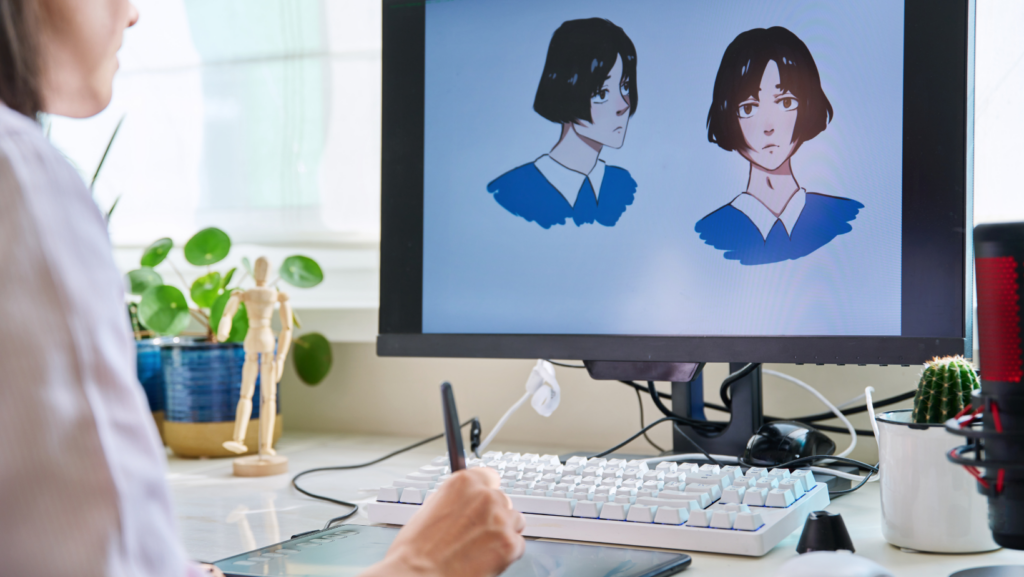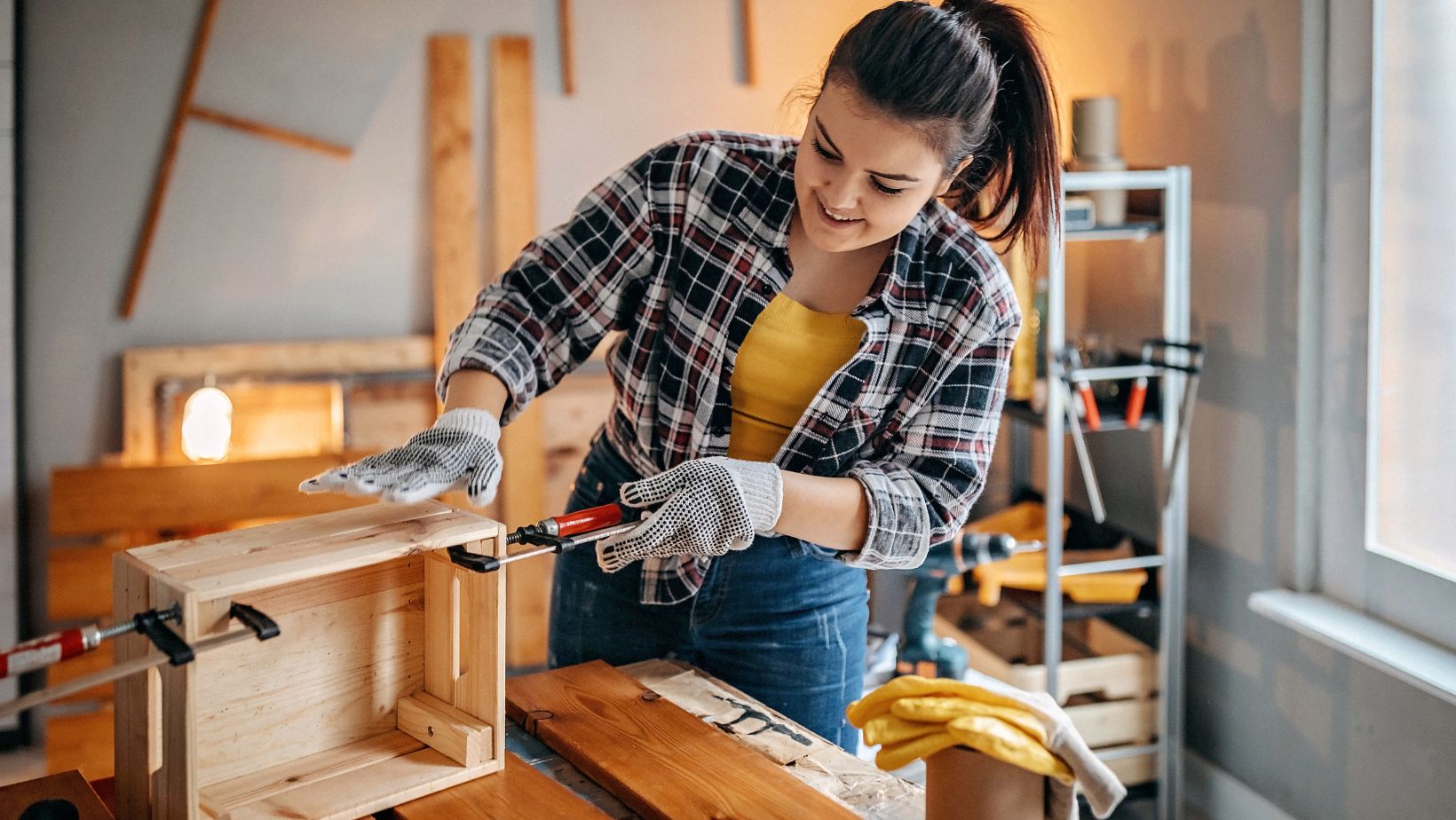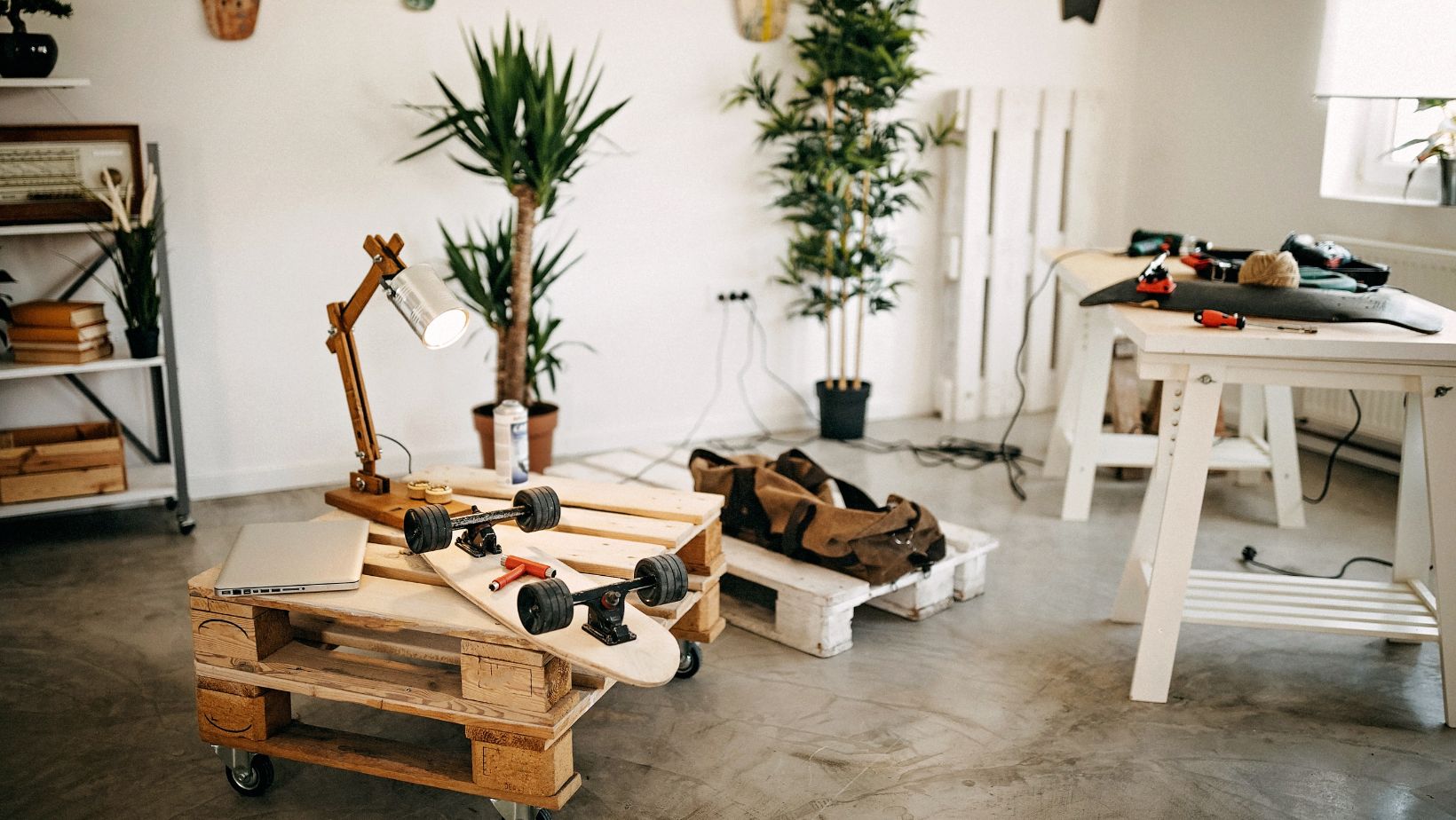Anime has captivated audiences worldwide with its unique art style and compelling storytelling. From vibrant characters to fantastical worlds, anime offers a visual feast that transcends cultural boundaries. For those looking to explore their creative side, check out this Guide to Lowe’s DIY Projects. But what exactly makes anime drawings so distinctive and enchanting?
At the heart of anime’s allure lies its intricate artistry. Each drawing is a blend of bold lines, expressive features, and meticulous details that breathe life into the characters. Whether it’s the exaggerated emotions or the dynamic action sequences, these illustrations convey a depth of emotion and energy that’s hard to find elsewhere. For those interested in enhancing their craft, a Pricing Template in Photography can be a valuable tool.
Anime:wybbfvh9bs8= Drawings
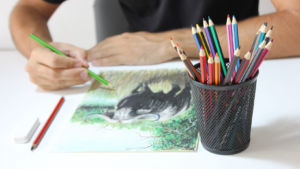 Anime:wybbfvh9bs8= drawings exemplify the distinctive art style that distinguishes anime from other forms of animation. These illustrations often feature exaggerated facial expressions, large eyes, and vibrant color schemes that create a whimsical yet impactful visual experience. Artists employ various techniques such as shading, line work, and perspective to achieve a sense of depth and movement within each frame.
Anime:wybbfvh9bs8= drawings exemplify the distinctive art style that distinguishes anime from other forms of animation. These illustrations often feature exaggerated facial expressions, large eyes, and vibrant color schemes that create a whimsical yet impactful visual experience. Artists employ various techniques such as shading, line work, and perspective to achieve a sense of depth and movement within each frame.
Key elements of anime:wybbfvh9bs8= drawings include character design and background detail. Characters are frequently designed with unique hairstyles, clothing, and accessories, each contributing to their identity and personality. Backgrounds, though sometimes stylized, enhance the setting and mood, enabling viewers to fully immerse themselves in the story’s environment.
Key Features of Anime:wybbfvh9bs8= Drawings
Anime:wybbfvh9bs8= drawings captivate audiences with their distinct appearance and evocative power. These illustrations blend unique artistic styles with narrative depth, creating a visual language that resonates globally.
Unique Artistic Style
Anime drawings feature bold lines and defined shapes that emphasize clarity and emotional expression. Characters often possess large, expressive eyes which convey a range of emotions, from joy to sorrow. To further define individuality, artists use diverse hairstyles, clothing, and accessories, incorporating vibrant color palettes and intricate patterns that enhance visual impact. Backgrounds complement characters with detailed scenery that enriches the storytelling environment.
Storytelling Through Art
In anime drawings, art and narrative merge seamlessly. Visual elements such as symbolism and motifs enhance thematic depth and character arcs. Artists use dynamic compositions to depict movement and action, creating scenes filled with tension and energy. Facial expressions and gestures play crucial roles in illustrating personality and psychological aspects, allowing viewers to engage emotionally with the story. Through these techniques, anime drawings offer a narrative experience that transcends traditional storytelling methods.
Popular Anime:wybbfvh9bs8= Artists
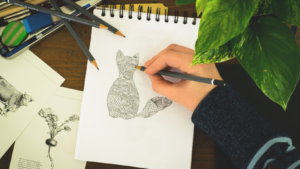 Within the anime universe, certain artists have attained legendary status for their unique contributions. The varied talents of these creators continue to shape the visual language of anime art.
Within the anime universe, certain artists have attained legendary status for their unique contributions. The varied talents of these creators continue to shape the visual language of anime art.
Hayao Miyazaki, co-founder of Studio Ghibli, is renowned for his enchanting animation style. His work on films like “Spirited Away” and “My Neighbor Totoro” has set a benchmark in storytelling and character design. Akira Toriyama, known for the iconic “Dragon Ball” series, introduced dynamic fight scenes and memorable characters that have influenced countless artists. Osamu Tezuka, often dubbed the “God of Manga,” expanded the anime medium with series like “Astro Boy,” creating foundations for the genre’s future. These creators, among others, have left an indelible mark on the anime world.
Emerging Talents
Young talents are also making their presence felt in the anime industry. Atsushi Ōkubo, creator of “Soul Eater” and “Fire Force,” fuses intricate designs with captivating narratives. Naoko Yamada, known for works like “A Silent Voice,” showcases a delicate yet profound storytelling approach. Sunghoo Park, director of “Jujutsu Kaisen,” delivers striking visual artistry combined with gripping action sequences. These emerging artists showcase innovative perspectives and are shaping the future trajectory of anime art.
Techniques Used in Anime:wybbfvh9bs8= Drawings
 Artists employ a range of techniques to create anime:wybbfvh9bs8= drawings, combining traditional artistry with modern advancements. These techniques contribute to the distinctive visual appeal and narrative depth of anime.
Artists employ a range of techniques to create anime:wybbfvh9bs8= drawings, combining traditional artistry with modern advancements. These techniques contribute to the distinctive visual appeal and narrative depth of anime.
Skilled artists rely on hand-drawn techniques to imbue anime with authenticity. They use pencils and ink to craft outlines, emphasizing strong, clean lines that define characters and scenes. Watercolors and Copic markers enhance these drawings, adding vibrant colors and textures. Layering serves a crucial role, allowing artists to portray depth by using multiplane backgrounds that create a sense of spatial complexity. Perspective drawing is another key technique, providing dynamic compositions that capture the viewer’s attention and convey movement.
